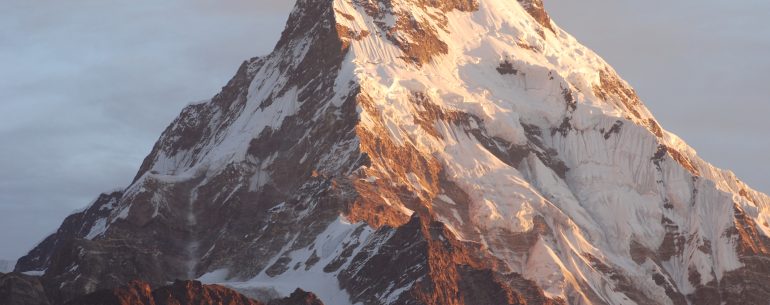Nepal’s vital tourism sector is facing a double whammy amid acute fuel shortages that have quashed hopes of an economic recovery following the cataclysmic April 25 earthquake. The 7.8-magnitude temblor and its aftershocks killed more than 9,000 people, displaced another three million, and destroyed key trekking trails and historical sites.
The Himalayan nation gets all of its petroleum products from India, which Nepal accuses of imposing a fuel embargo over the past month. India denies the allegation, saying its truck drivers and tourists are too scared to enter Nepal because of violence and unrest in Terai, the country’s southern border region. As a result of the fuel shortages, Nepal’s economy is being strangled. Ordinary Nepalese are bearing the brunt of the shortages, after fuel and cooking gas became black-market commodities that only the privileged few can afford.
Meanwhile, mass cancellations of bookings by foreign travelers and renewed travel warnings by Western governments have raised fears of economic fallout in Nepal that could dwarf that caused by the tremors. The fuel crisis is a symptom of Nepal’s first long-wrangled constitution, which was passed on September 20. The long-marginalized Madhesi and Tharu, minority groups that live in southern Nepal, say the constitution leaves them underrepresented in the federal government.
When their demands for amendments were ignored, they hit the Kathmandu power base where it hurt the most, by blocking border crossings and disrupting customs checkpoints, which are the lifeblood of the landlocked country. The Nepalese government claims that India, which has close cultural ties to the Madhesi, is working in cahoots with protesters to disrupt imports and make the government capitulate to their demands.



Leave a Reply